Bonsai trees are living works of art, carefully shaped and nurtured over centuries. In this guide, we explore the world’s oldest bonsai trees, some of which have survived for over 1,000 years.
From Japan’s renowned Sargent Juniper to Italy’s towering Ficus Retusa Linn, each tree tells a story of patience, skill, and devotion. Learn about their history, unique features, and how these miniature trees can live just as long, or even longer, than their full-sized counterparts when given the right care.
- Related article: Beginner’s Guide to Growing Bonsai
5 Key Takeaways on the Oldest Bonsai Trees
- Some of the oldest bonsai trees, like the Ficus Retusa at over 1,000 years old, have been admired for their beauty and historical significance.
- Bonsais such as the Sargent Juniper and Hiroshima Pine symbolize cultural heritage and resilience, representing deep historical and emotional connections.
- Despite their small size, certain ancient bonsai trees, like the Red Pine, have grown to impressive dimensions, becoming major attractions.
- Many of the oldest bonsai trees, such as the Sandai Shogun no Matsu, have been cared for by historical figures or have notable stories that enhance their value.
- The longevity of bonsai trees relies on meticulous care, including optimal growing conditions and regular maintenance, allowing them to outlive many larger trees.
Oldest Bonsai Trees in the World
The oldest bonsai trees, like the 1,000-year-old Ficus Retusa Linn and Sargent Juniper, are living symbols of patience and artistry, with some dating back over a millennium. These ancient trees are spread across museums and gardens worldwide.
1. Ficus Retusa Linn
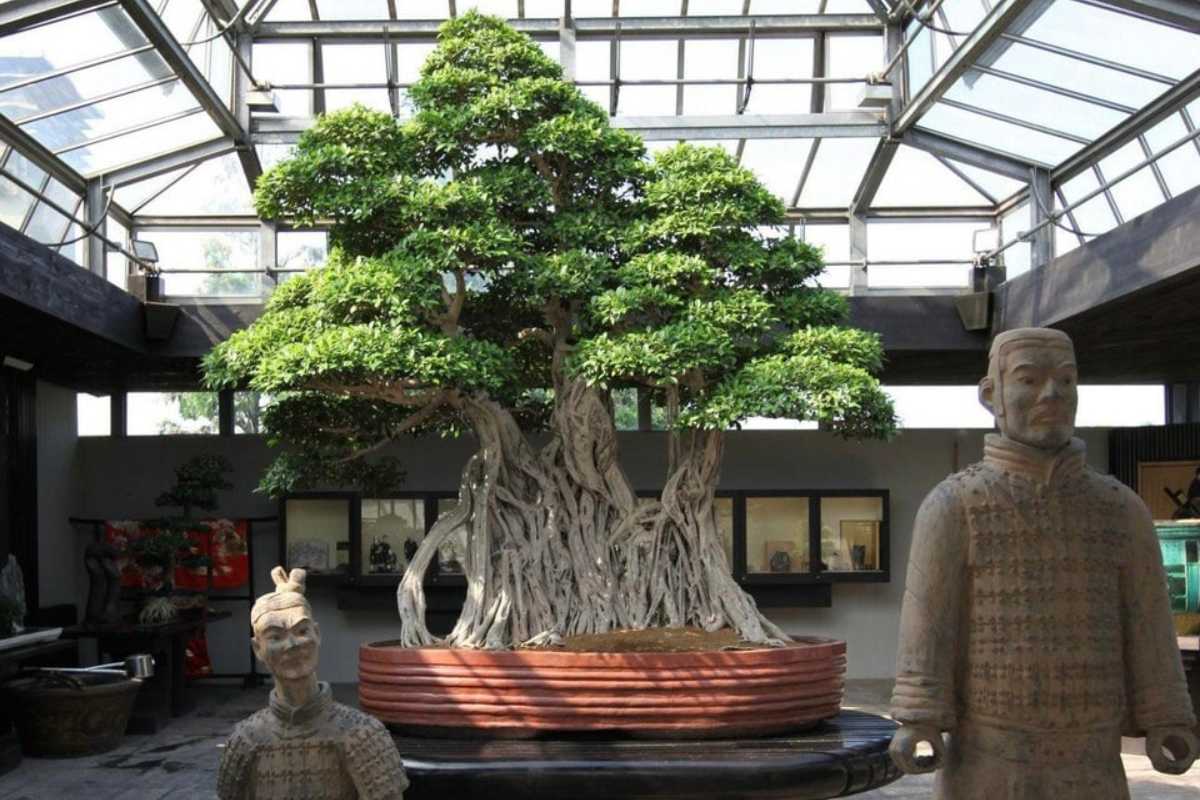
| Age | Location | Details |
|---|---|---|
| Over 1,000 years | Crespi Bonsai Museum, Italy | Approximately 10 feet tall, features a network of aerial roots, transported to Italy after a decade of negotiations, received numerous awards including an honorary prize at Euroflora 1986, planted in the largest bonsai pot in the world made in a single piece. |
2. Mansei-en Juniper Bonsai Tree
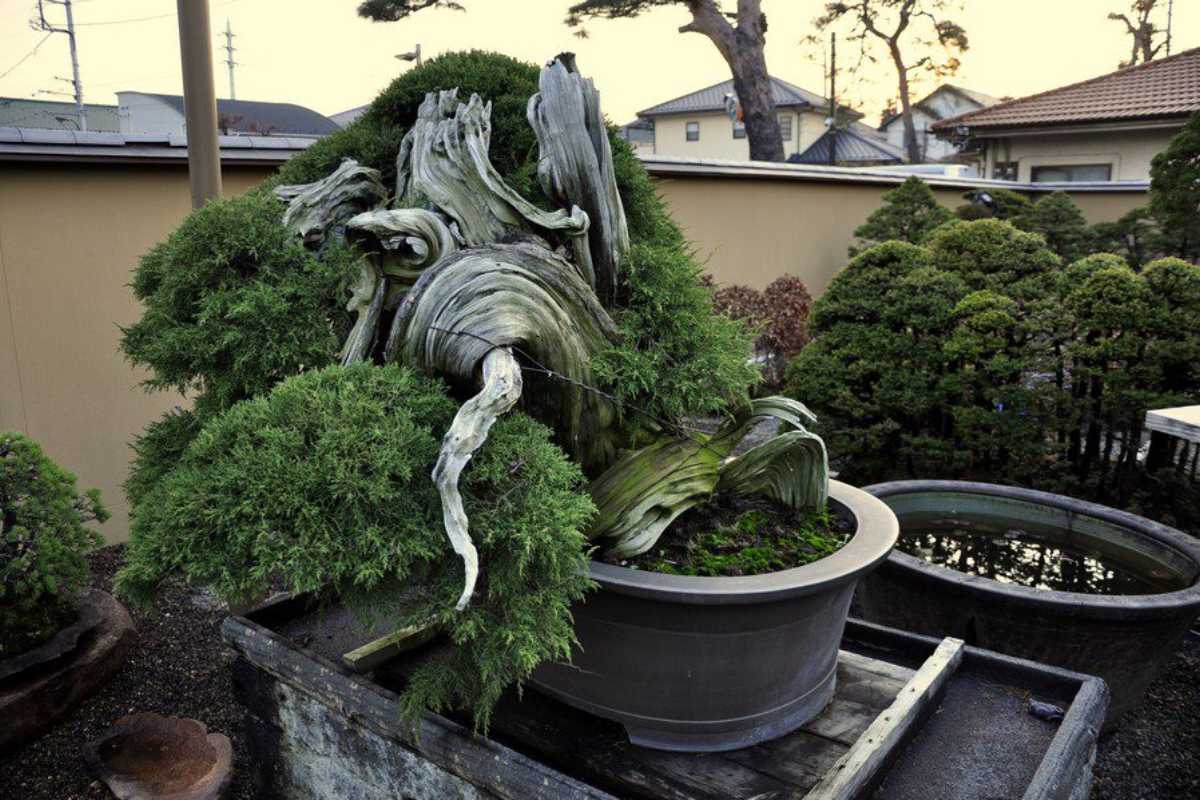
| Age | Location | Details |
|---|---|---|
| 1,000 years | Mansei-en Bonsai Nursery, Japan | Considered the oldest bonsai in Japan, it has been passed down through generations of bonsai artists. It was collected from the wild and shaped by renowned masters like Masahiko Kimura. |
- Read more: Juniper Bonsai Tree Care
3. Shimpaku Juniper
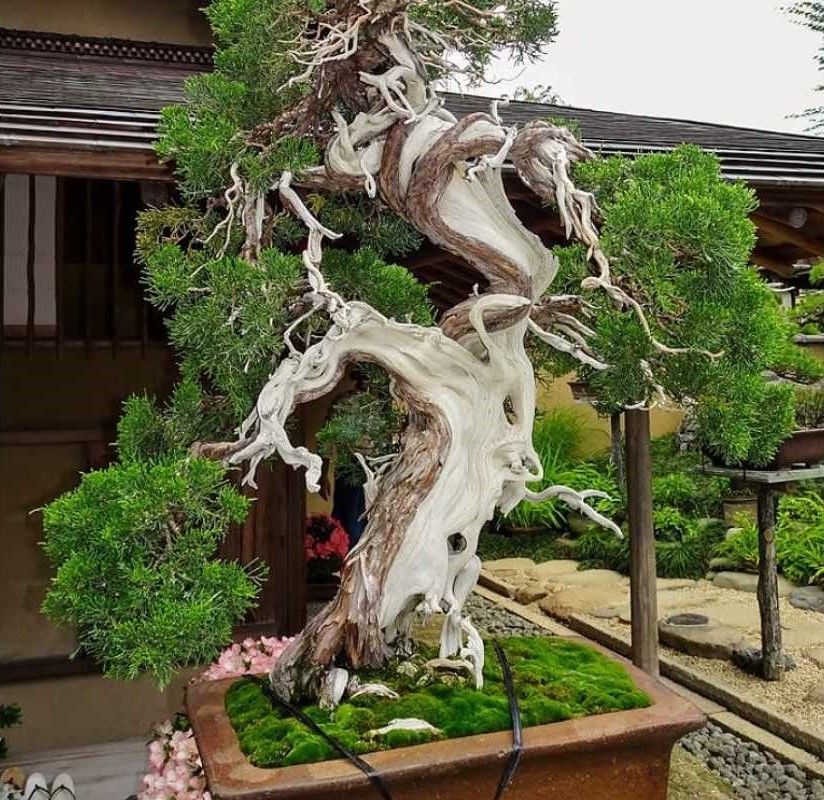
| Age | Location | Details |
|---|---|---|
| 800 years | Shunka-en Bonsai Museum, Japan | Known as “shimpaku seifu,” this tree is under the care of master Kunio Kobayashi. It is celebrated for its intricate deadwood and graceful taper, representing traditional bonsai aesthetics. |
4. Another Juniper at Shunka-en
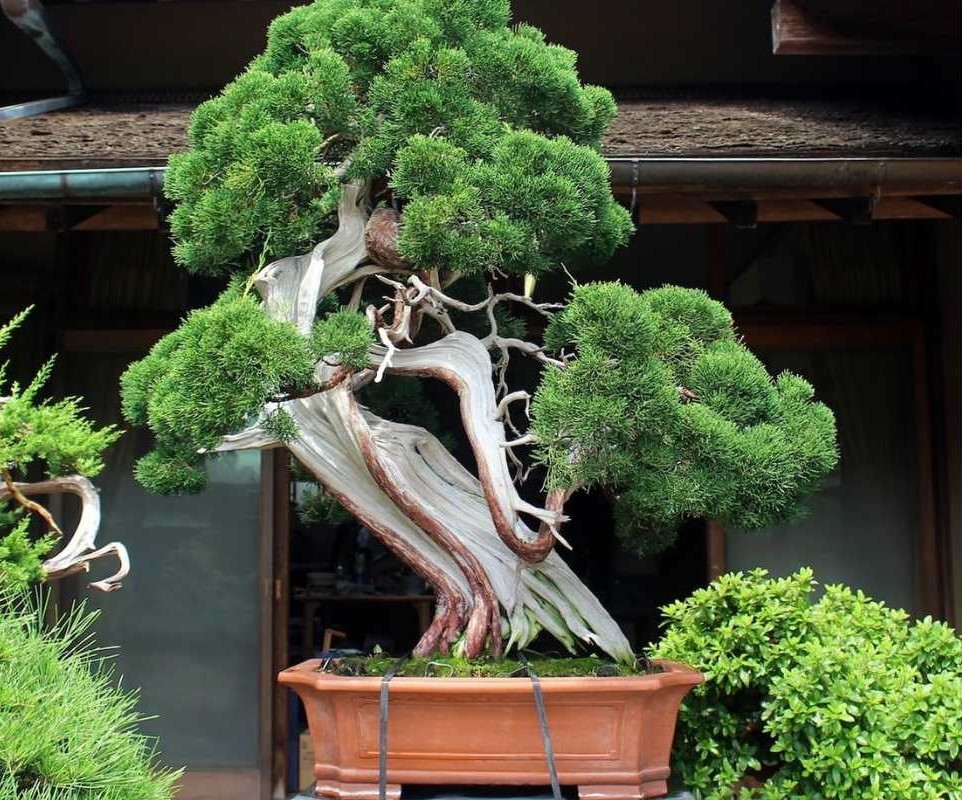
| Age | Location | Details |
|---|---|---|
| 800 years | Shunka-en Bonsai Museum, Japan | This juniper is noted for its impressive taper and deadwood features, adding to its aesthetic appeal. It is also cared for by Kunio Kobayashi. |
5. Red Pine (Pine of the Phoenix)
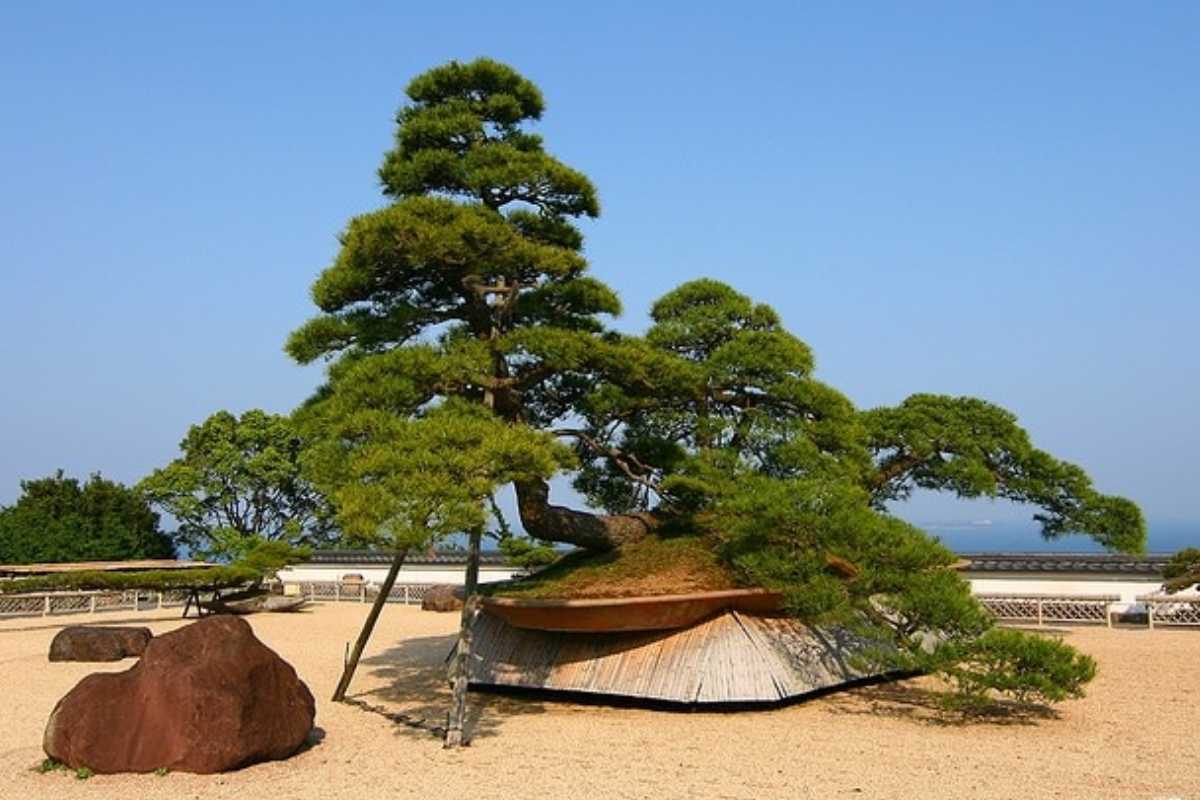
| Age | Location | Details |
|---|---|---|
| 600 years | Akao Herb & Rose Garden, Japan | This massive tree stands over 16 feet tall and 30 feet wide, making it one of the largest bonsais in existence. It has become a major attraction due to its size and age. |
6. Sandai Shogun no Matsu (Five-Needle Pine)
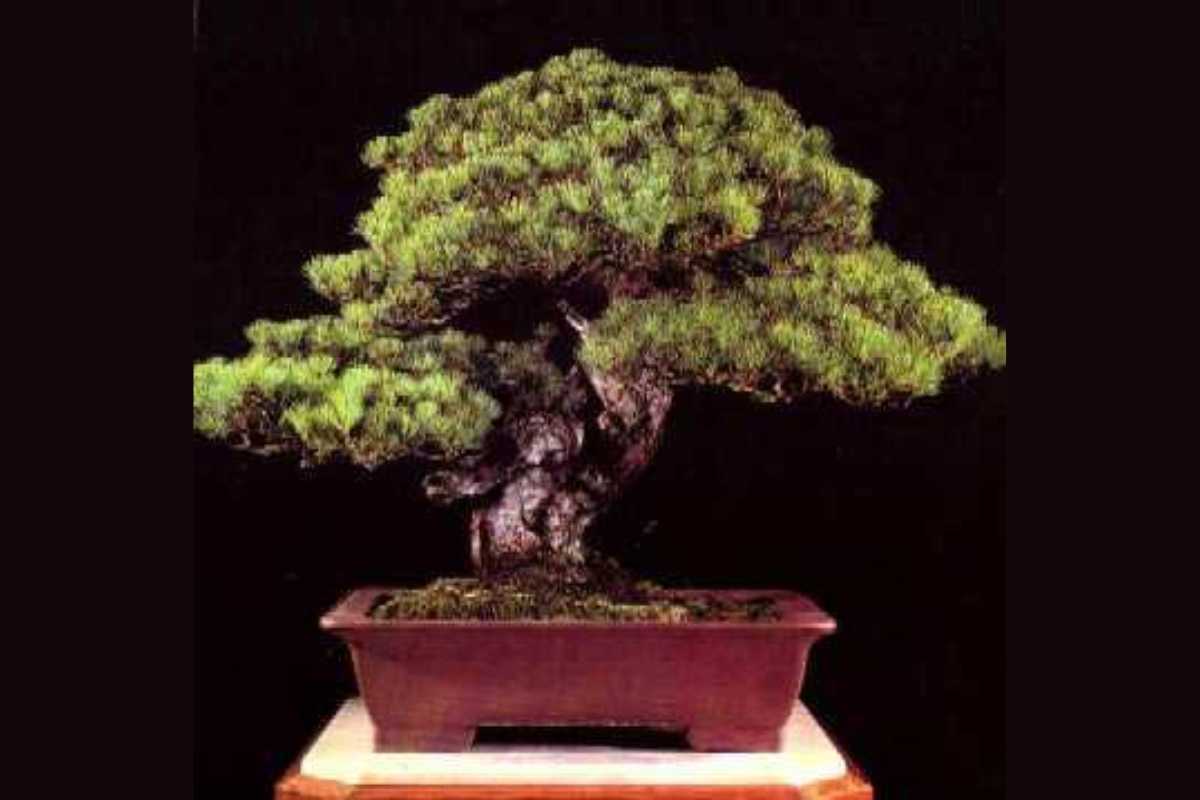
| Age | Location | Details |
|---|---|---|
| 500 years | Tokyo Imperial Palace Collection, Japan | This bonsai has been cared for by Japanese emperors for centuries and is considered a national treasure due to its rich history. |
7. Yamaki Pine
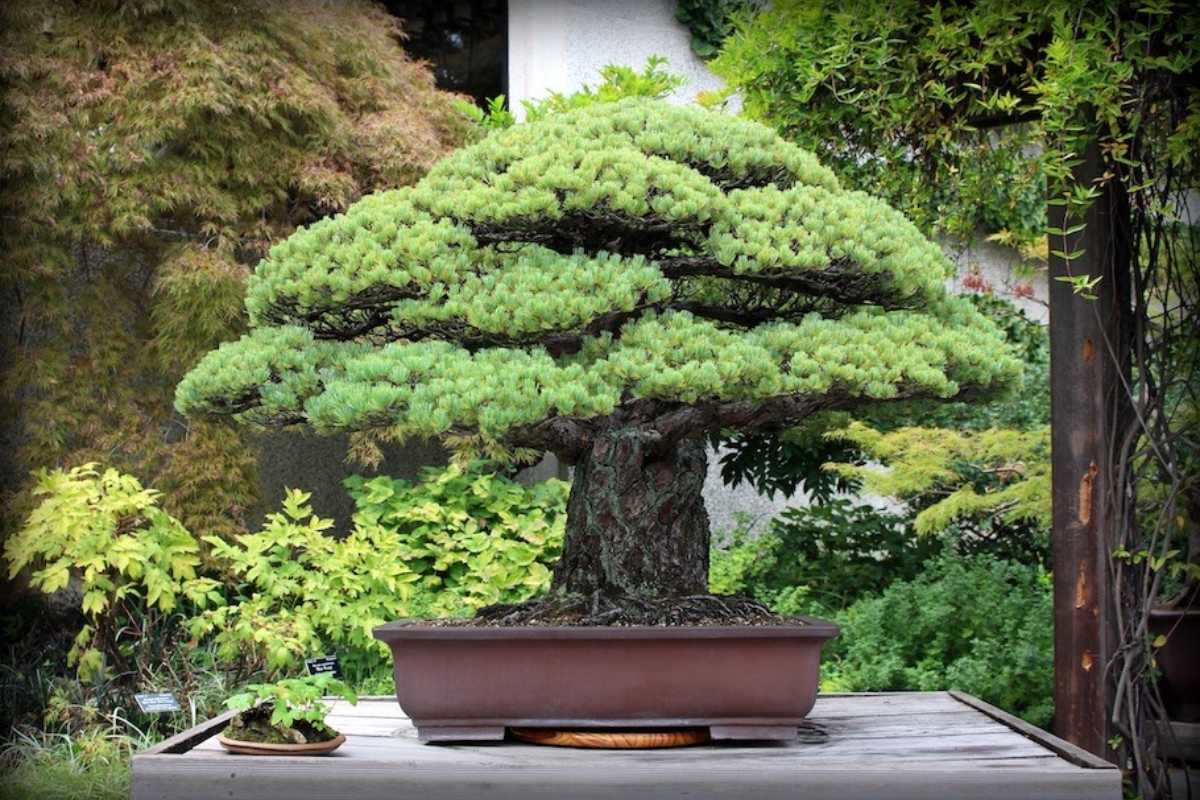
| Age | Location | Details |
|---|---|---|
| 392 years | United States National Arboretum, Washington D.C., USA | This Japanese white pine survived the atomic bombing of Hiroshima and was gifted to the U.S. in 1976 as a symbol of peace. Its history was revealed in 2001 when family members visited the arboretum. |
8. Chabo-hiba Cypresses
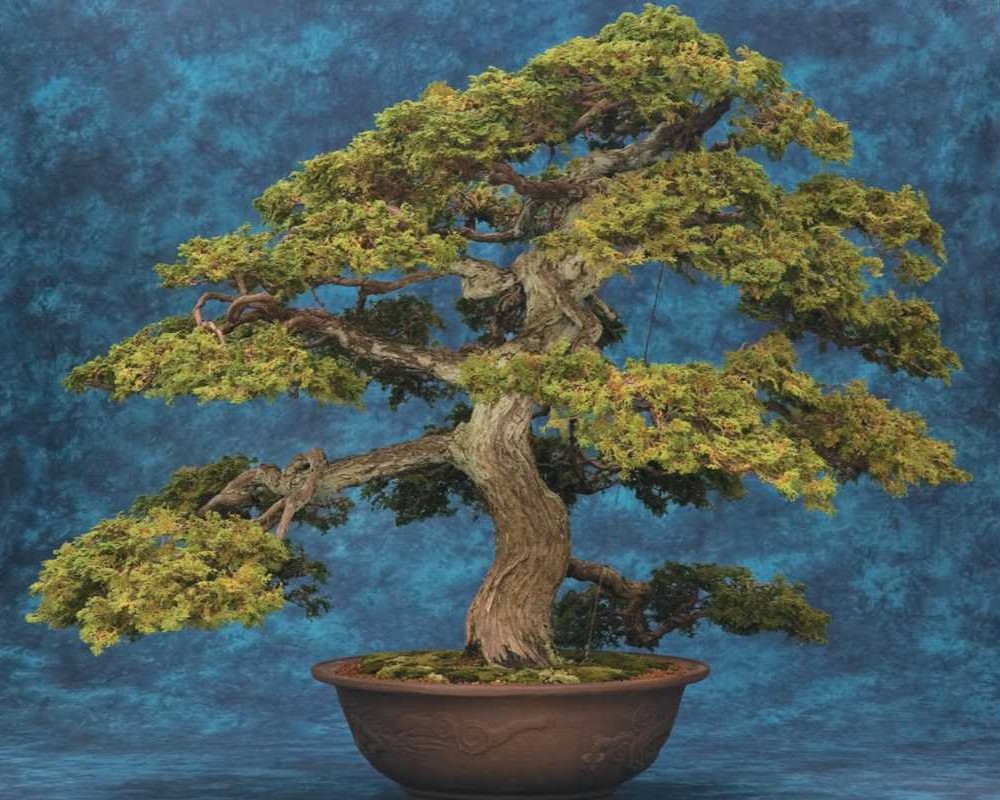
| Age | Location | Details |
|---|---|---|
| 150-275 years | Arnold Arboretum, Harvard University, USA | Part of the Larz Anderson Collection, these cypresses were brought back from Japan by an ambassador in 1913 and represent some of the oldest living bonsais in America. |
9. Japanese Red Pine Bonsai

| Age | Location | Details |
|---|---|---|
| 226 years | United States | This Red Pine Bonsai, trained since 1795, was a gift from Japan’s Emperor to the United States during the Bicentennial celebrations. It belonged to the Imperial collection. |
10. Thorny Elaeagnus Bonsai
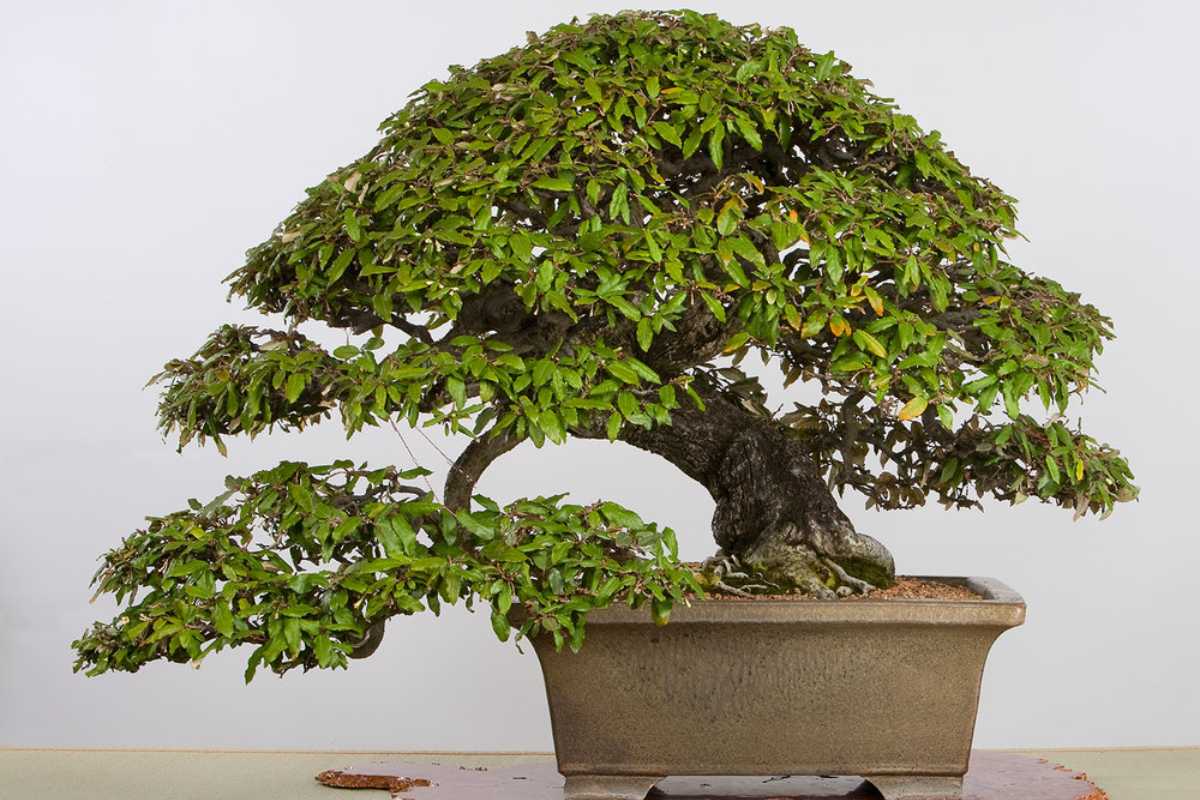
| Age | Location | Details |
|---|---|---|
| Nearly 200 years | Unknown | The Thorny Elaeagnus Bonsai, started as a cutting in 1825, produces both fruit and flowers. It has been trained as a Bonsai since the beginning and was a gift from Teisuke Takahashi in 1976. |
How Long Do Bonsai Trees Live?
The easiest answer would be over a thousand years, but the lifespan of a Bonsai tree will depend heavily on the care it receives. Some may think that lifespan is limited to size, but nothing could be further from the truth.
These trees can live just as long as regular-sized trees do, and often longer. The better their care, the longer they thrive and survive. The same trees found in parks, forests, and neighborhoods are also raised as Bonsai trees. Thanks to the fact that these trees receive better care, they can survive for a longer period than naturally growing trees.
The best growing conditions for the Bonsai species will make the difference. Watering, pruning, repotting, humidity, and pest control will all play a role in bonsai success.
Caring for a bonsai tree involves providing optimal climate conditions, adequate nutrients, and protection from diseases. As long as your bonsai remains healthy and vigorous, it can thrive for centuries or even longer.
How Long Does It Take a Bonsai Tree to Grow?
Much will depend on what you begin with. Are you growing your tree from seed or a sapling? Or have you purchased a young tree that has been growing for a while?
It generally takes anywhere from ten to fifteen years to grow a Bonsai tree. The precise time necessary will rest on the type of tree and the environment it’s being cultivated in.
If you are growing a bonsai from seed, you should expect to wait about four years before it is grown enough for you to begin wiring and training its style.
Because Bonsai trees are genetically the same as normal-sized trees, they will require the same amount of time that a normal-sized tree needs to grow.
Some tree species may require twenty to thirty years for full growth, while faster-growing species only require ten to fifteen years. If a regular-sized tree requires fifteen years for full growth, like an elm tree, its Bonsai counterpart will require the same.
- Learn more about Bonsai Tree Size Classifications
The same elements necessary for tree growth will affect your Bonsai:
- Environment
- Nutrients
- Pruning
- Sunlight
- Water
- Read more in this in-depth article on How Long It Takes to Grow Bonsai Trees
Oldest Bonsai Trees Final Thoughts
There are many different types of Bonsai trees out there. They come in various sizes, shapes, colors, and styles. Each one has its own unique characteristics and benefits.
Whatever species you finally decide upon, cultivate your bonsai tree by trying to match the environmental conditions of a full-grown tree of the same species in nature. This will give your bonsai the best chance of thriving for a long time.
Bonsai trees are beautiful additions to any home, lasting for many years to come.
Here are some other excellent reads about bonsai to check out:
- Discover Popular Bonsai Trees
- Is Bonsai Poisonous to Cats?
- How to Keep Bonsai Safe During Winter
- What Does a Bonsai Symbolize?
- https://www.facebook.com/photo.php?fbid=1238560783186209&id=494479667594328&set=a.494499704258991
- https://www.facebook.com/photo.php?fbid=292727014192629&id=156703217795010&set=a.163530417112290
- https://www.facebook.com/photo.php?fbid=2028351834009249&id=346864232158026&set=a.346878305489952
- https://www.facebook.com/photo.php?fbid=1920927894751644&id=346864232158026&set=a.346878305489952&locale=mt_MT
- https://www.facebook.com/photo.php?fbid=2525484871057662&id=1386111384995022&set=a.1386154484990712
- https://www.facebook.com/photo.php?fbid=346135428836019&id=330704520379110&set=a.346134385502790
- https://www.facebook.com/photo/?fbid=722384948711493&set=a.246085523008107
- https://arboretum.harvard.edu/plant-bios/compact-hinoki-cypress/
- https://www.flickr.com/photos/alaporte/16311126624/in/photostream/
- https://www.bonsai-nbf.org/japanese-collection/r0op8l7bsrpvl41a4jbga6hnhcml0w

